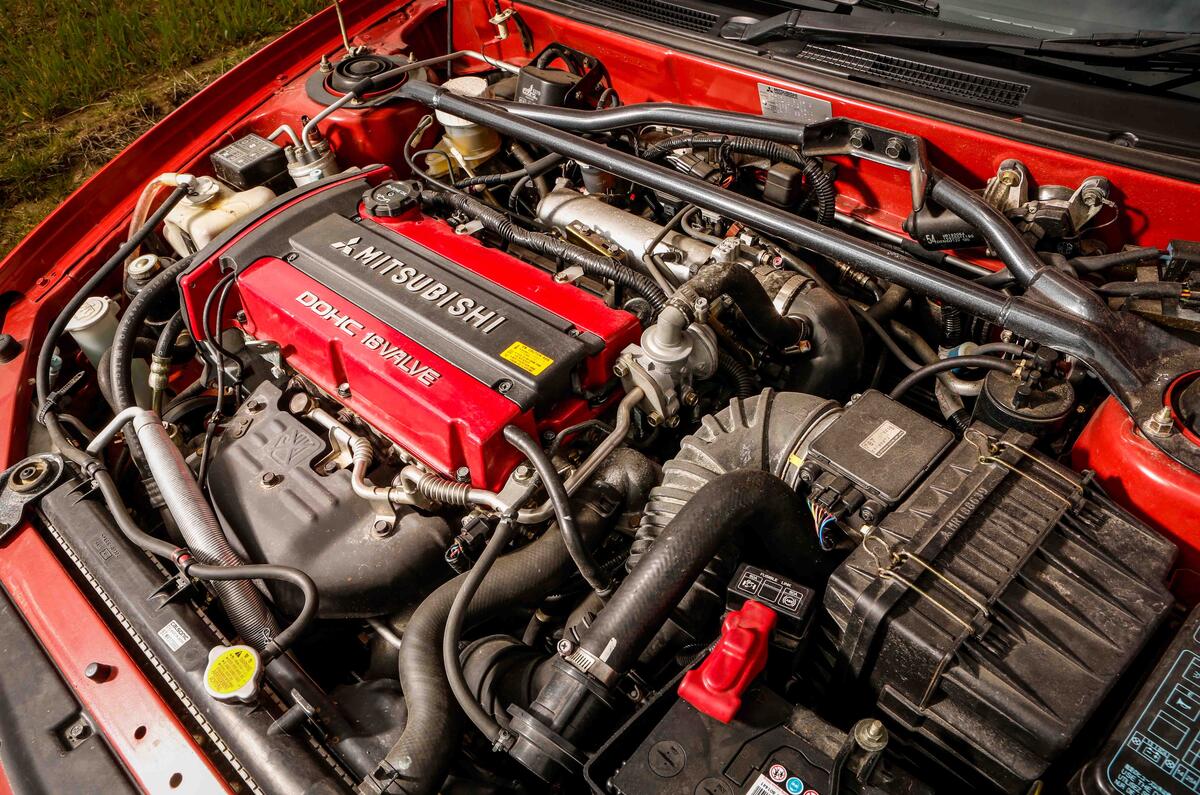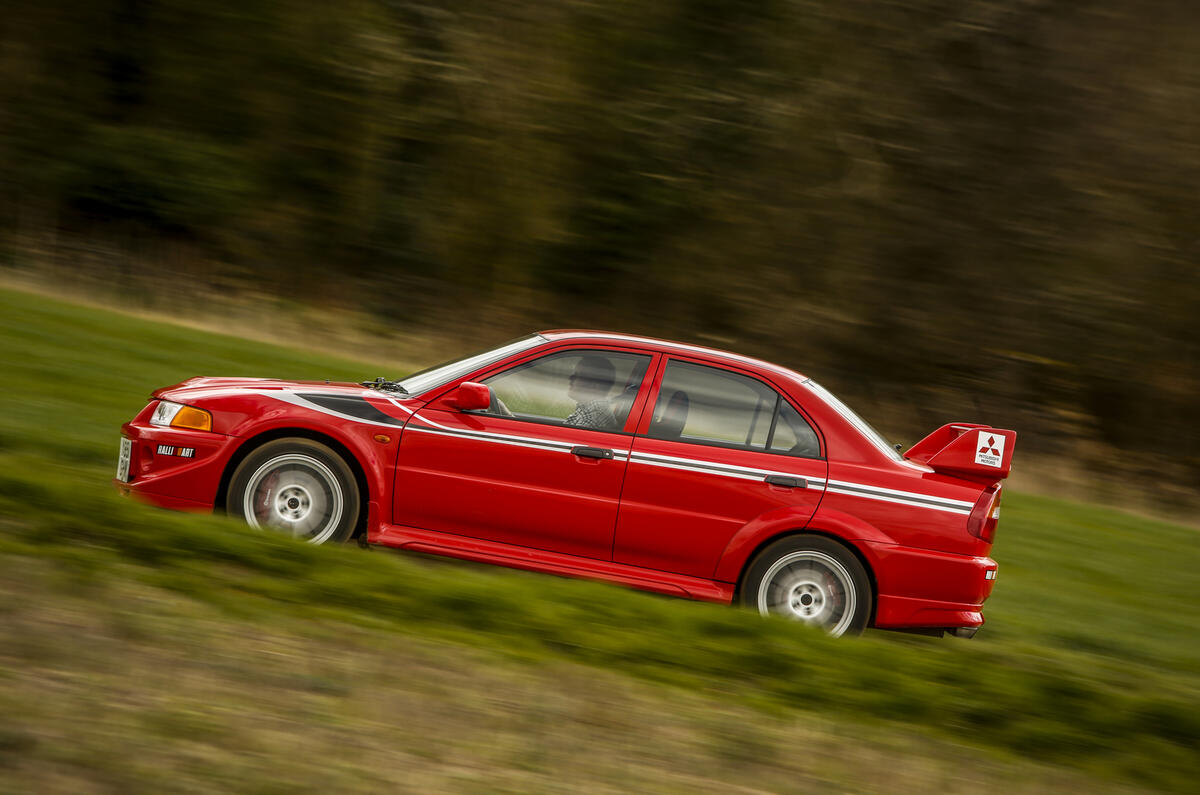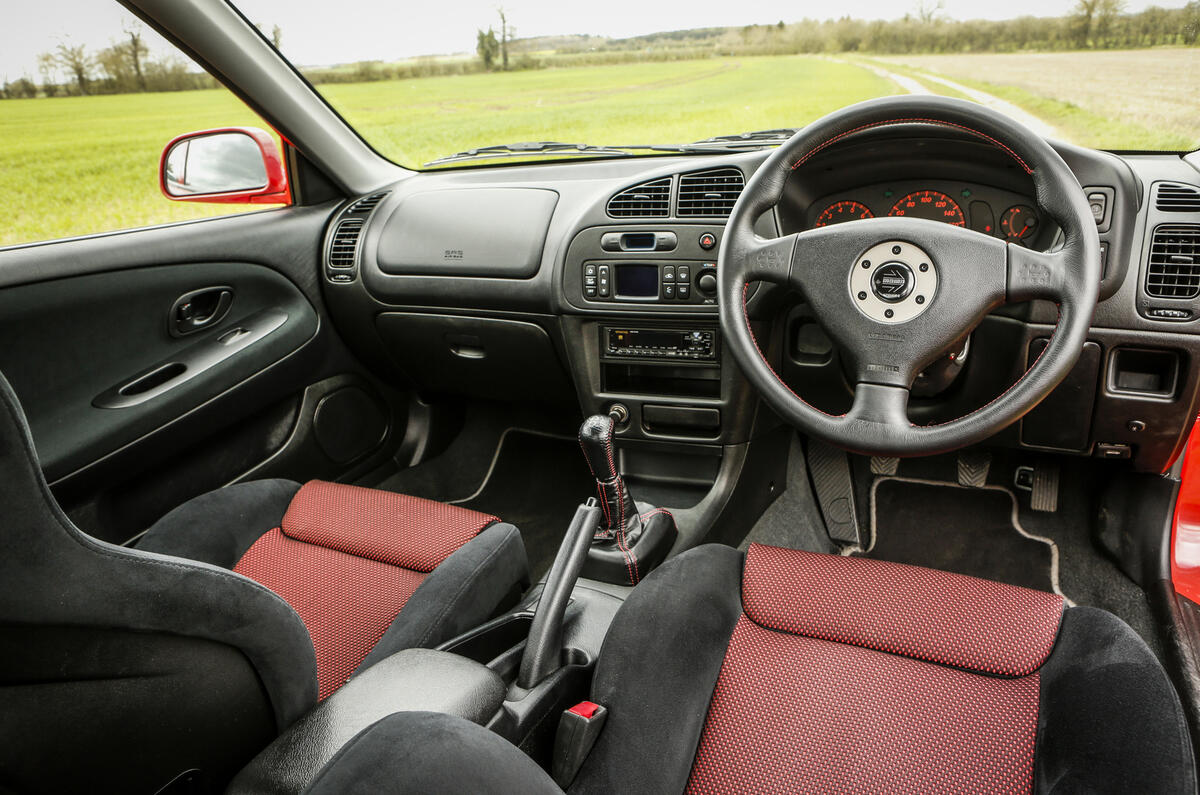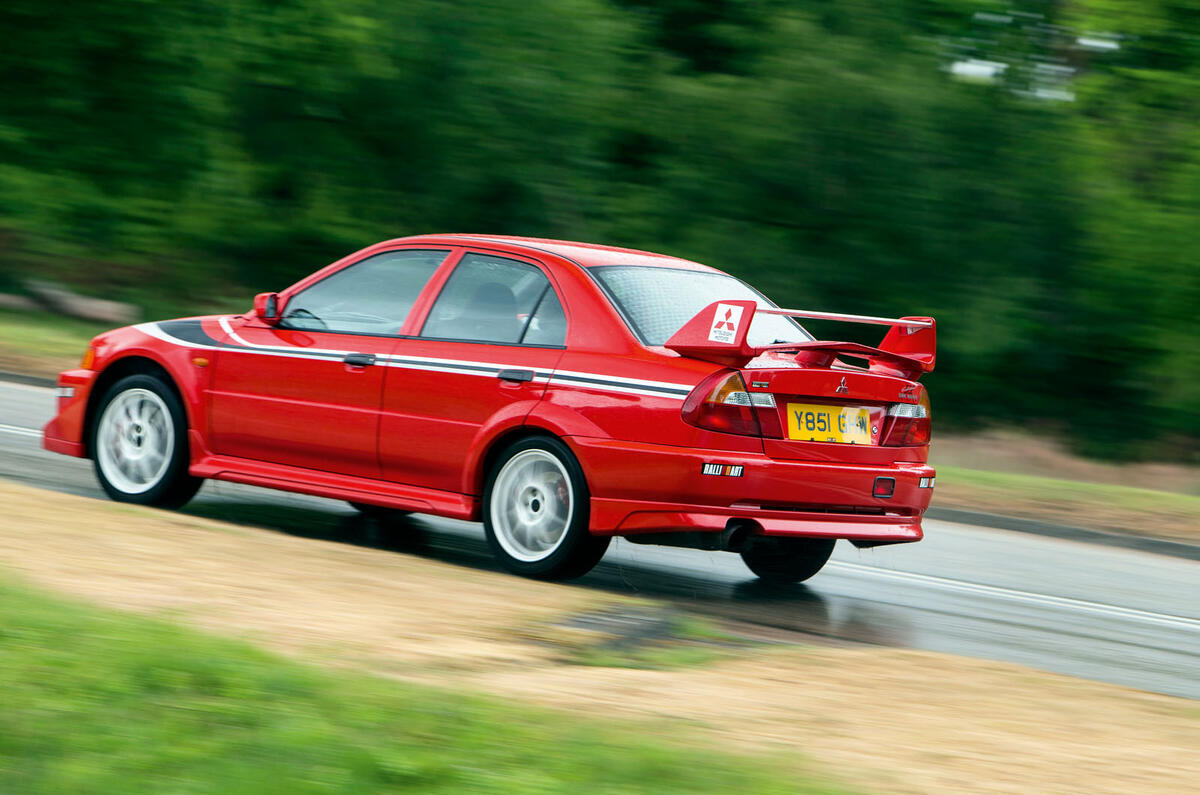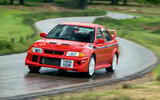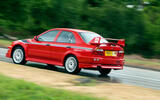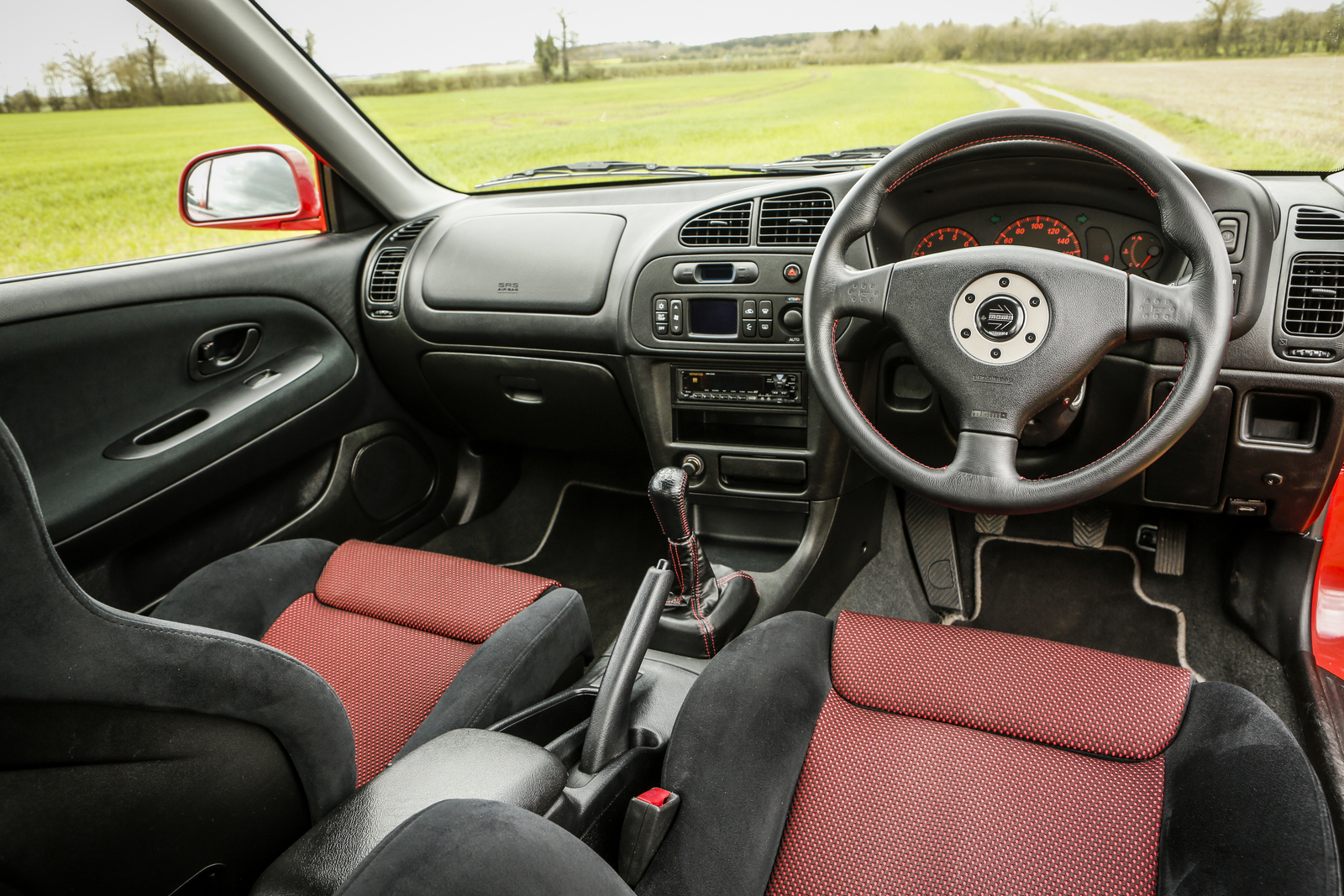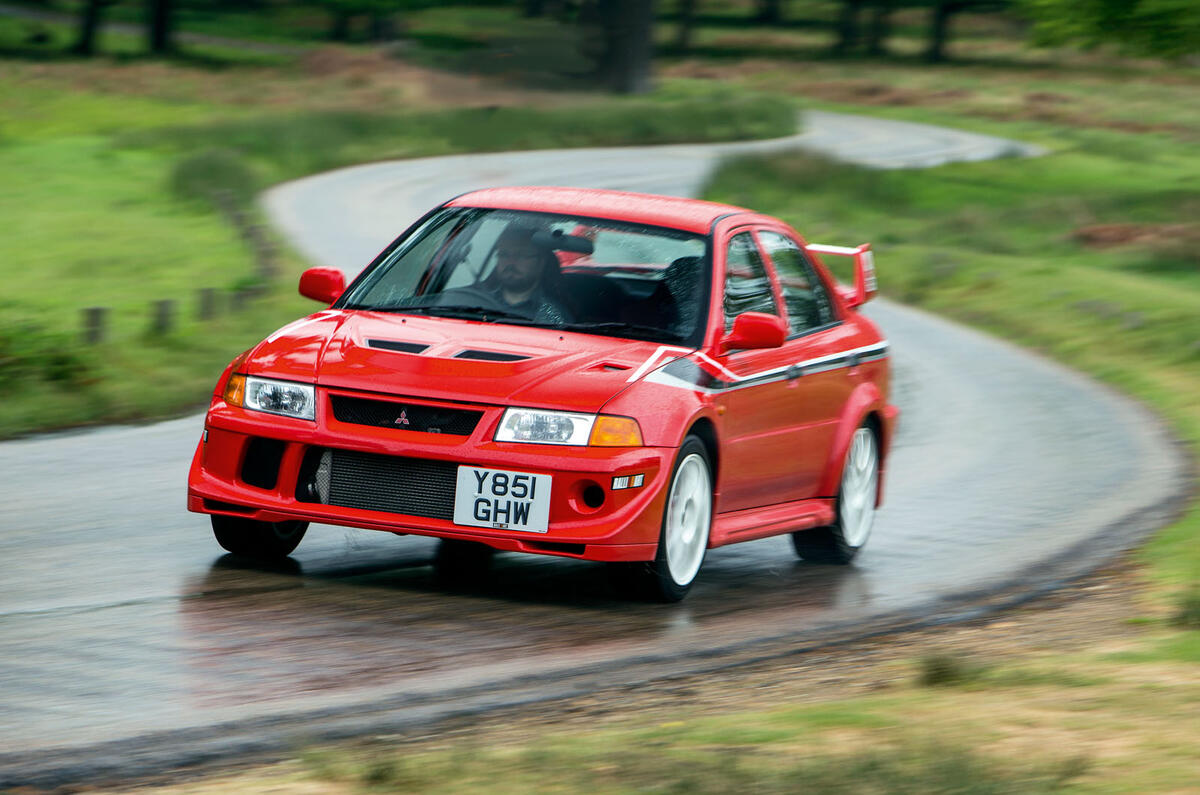A quarter of a century on from its launch, the Mitsubishi Lancer Evolution VI has come to be regarded as the best of the Evo breed, for this is a homologation special that can deliver a turbocharged sucker punch to any undulating B-road like no other rally refugee before it.
That alone might be enough of a draw for any buyer on the hunt for a modern classic, but the Evo VI is far more than just stonkingly quick: it comes dripping with rallying pedigree, rarity and performance.
Unlike the more radical touring cars of the day, which were largely mechanically unrelated to their road-going counterparts, the differences between road and rally machines were not that significant.
So the Evo VI is about as close to a bona fide rally car as you can get. It’s almost identical to the Group A version that Tommi Mäkinen piloted to WRC glory in 1999 and is defined by an outrageously sophisticated drivetrain built around three key defining elements: an advanced four-wheel drive system, a 2.0-liter turbocharged four-cylinder engine and electronic active yaw control (AYC).
The AYC and four-wheel drive work in unison (with the help of sensors dotted around the car) to minimise oversteer and understeer, which means the Evo VI is not only fast but also incredibly capable down a narrow cross-country road.
When we first drove the early GSR model, we said: “In many ways it feels more like a fighter aircraft than it does a humble automobile in the way it slices into bends, and then sucks itself to the floor, seeming to defy the laws of physics.”




